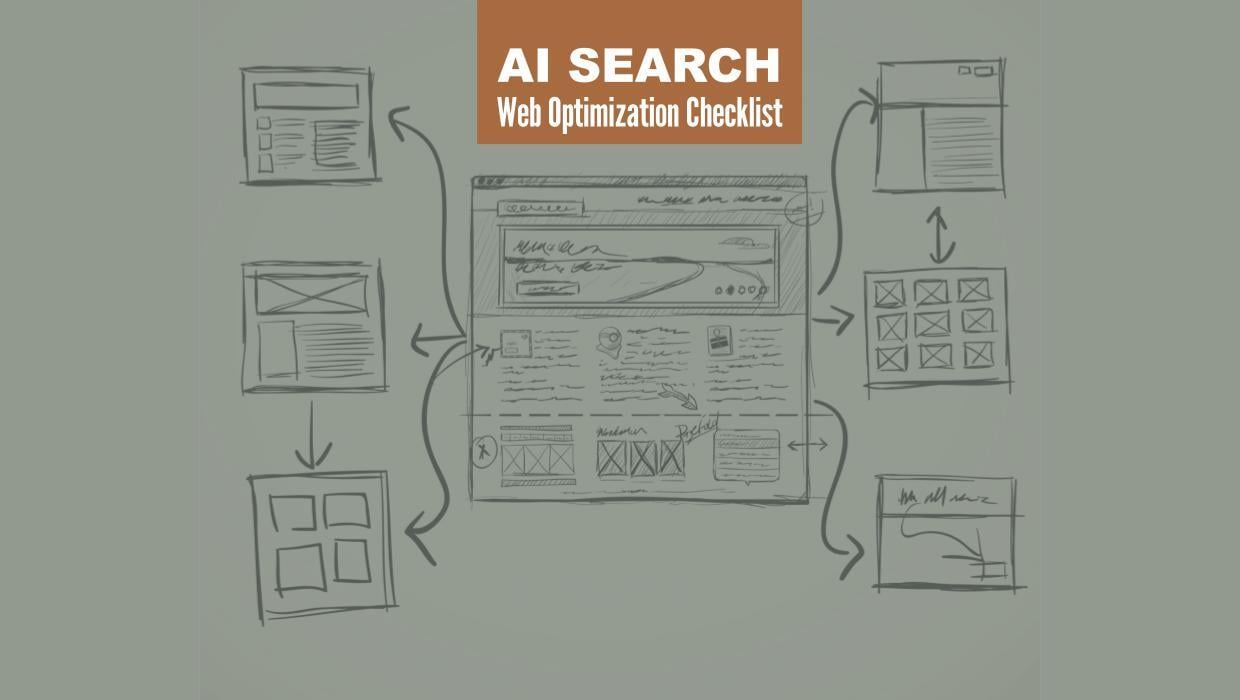Weidert Wednesday: Isn't Inbound Just Digital Marketing?
Written by
Inbound marketing is the most powerful lead gen methodology for businesses in complex industries. It helps companies attract the right prospects, convert them to leads, close the sale by responding to their behaviors, and continue to delight them so they become your promoters. And most marketers understand that the best B2B marketing plans combine traditional and inbound techniques. That’s when many chime in with, “Yeah, that’s digital marketing!”
While digital marketing may include blogs, SEO, email, and social media, inbound is really ALL of them working holistically and strategically. It’s this unified, thoughtfully integrated approach that amplifies your efforts exponentially, producing far greater results than those things on their own. Only with the right mix of inbound strategy and tactics can you fulfill today’s B2B buyer journey.
VIDEO TRANSCRIPT: ARE INBOUND AND DIGITAL MARKETING THE SAME THING?
Hi, I’m Greg Linnemanstons, President of Weidert Group.
We talk to a lot of companies that are doing email marketing or social media or have done some SEO work or have tried publishing blogs. Many of them do some of these tactics in tandem. But too often people see these things as separate and distinct activities and fail to tie them together in a holistic way.
So when we talk to them about building an inbound strategy, and they hear us mention how we start with SEO and we’ll build a blog and use social media and email, often they say, “Yeah, we’re doing some of that … so we’re already doing inbound, right?”
No, not really.
Inbound marketing has become the most powerful lead gen methodology mostly because all the associated tactics are thoughtfully integrated, and their collective power is far greater than the sum of all the parts.
Say a company is sending monthly email newsletters to its customers and prospects, and they’re identifying keywords that are common in their industry. They’re also creating some blog posts and one or two downloadable content pieces each quarter that act as conversion opportunities, and making sure they get those keywords into all that content.
These are all good things to be doing, but if they’re not tied together, their power to generate leads is extremely limited.
Here’s a quick overview of how inbound ties tactics together to work as a powerful lead gen tool.
The inbound marketing methodology starts with understanding your best targets – the ones you most want as customers. Once you know who they are and you’ve created rich personas that more fully articulate their uniqueness, you clearly outline their buyer journeys – how they think and behave from the time they identify their challenges all the way through to the point that they make a purchase.
As you’re finishing persona development, the SEO work should be underway concurrently. Using the best tools available, you identify what’s currently happening in search activity within your industry. You learn about the important keywords, relative volumes, how they’re currently performing on search term rankings, and where your best opportunities are, both for keyword ranking and for potential links to sites that will boost your visibility and credibility.
By combining the persona direction with everything you’ve learned in the SEO analysis, you can begin planning and creating relevant content using clusters of the right keywords. This makes the content highly relevant to the prospect, and makes it much more likely it will show up when the target does online searches for solutions to their challenges.
Once you’re creating blog posts, videos, and gated downloadable content, you’ll promote it all through social media and email, and have the option of leveraging great content through paid distribution. Now when prospects see your content and click through to your website to view it, they’ll find additional related content and offers that pull them further down the sales funnel and allow you to tell more of your story. And if you’re using smart technology, your site can greet visitors in the context of their interests to appear quickly relevant to them, because you’ve thoughtfully anticipated who they are and what pain or need they’re likely addressing by visiting.
Next, when your analytics tell you who’s visiting your site and downloading content, you’re able to identify where in the buyer journey each visitor is, and continue to nurture that prospect with the right content at the right time. So that ultimately, they either expressly ask to talk to you about becoming a customer, or your observations of their visits tell you it’s time to invite them to a conversation.
My main idea here is to acknowledge that while it’s pretty simple to dabble in aspects of digital marketing, and maybe even convince yourself that “Hey, we’re doing inbound, and it just doesn’t work for us,” the reality is that doing inbound right isn’t easy or simple. It’s like comparing a professional symphony playing Beethoven to a garage band knocking out an AC/DC classic. It’s true they’re both music, but any similarity ends there! And when you get it right through thoughtful planning, a long-term commitment to disciplined execution and analysis, and encourage your entire organization to be part of the effort, the results you’ll see will be the best possible reward.
Thanks for joining me for today’s Weidert Wednesday – see you next time!
Subscribe To Our Blog
Information. Insights. Ideas. Get notified every time a new Weidert Group blog article is published – subscribe now!
You May Also Like...

Search Engine Optimization
Optimize Your Industrial Website for AI Search

Marketing Technology
Why Unified Data Efforts Fail (and How Manufacturers Can Fix It)

Search Engine Optimization
How Falcon Rebuilt Industrial AI Search Visibility in 2025
Accelerate Your Growth with
Weidert Group
If you’re ready to explore a partnership, request a personalized consultation with our team.

